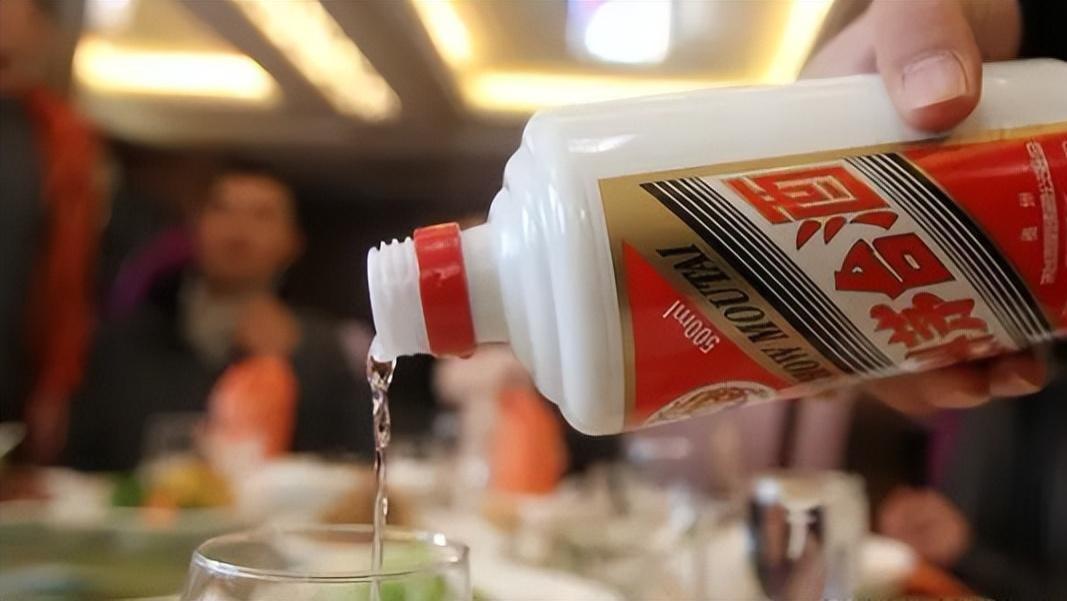逻辑回归实战--信用卡欺诈检测(二)
接上文:
https://blog.csdn.net/weixin_42410915/article/details/108529869
下面用混淆矩阵图更直观的表现结果
'''
绘制混淆矩阵
'''
def plot_confusion_matrix(cm, classes,
title='Confusion matrix',
cmap=plt.cm.Blues):plt.imshow(cm, interpolation='nearest', cmap=cmap)
plt.title(title)
plt.colorbar()
tick_marks = np.arange(len(classes))
plt.xticks(tick_marks, classes, rotation=0)
plt.yticks(tick_marks, classes)thresh = cm.max() / 2.
for i,j in itertools.product(range(cm.shape[0]),range(cm.shape[1])):
plt.text(j,i,cm[i,j],
horizontalalignment="center",
color="white" if cm[i,j]>thresh else "black")plt.tight_layout()
plt.ylabel('True label')
plt.xlabel('Predicted label')【逻辑回归实战--信用卡欺诈检测(二)】
import itertools
lr = LogisticRegression(C = best_c, penalty = 'l1')
lr.fit(X_train_undersample,y_train_undersample.values.ravel())
y_pred_undersample = lr.predict(X_test_undersample.values)cnf_matrix = confusion_matrix(y_test_undersample,y_pred_undersample)
np.set_printoptions(precision=2)
print("Recall metric in the testing dataset: ", cnf_matrix[1,1]/(cnf_matrix[1,0]+cnf_matrix[1,1]))class_names = [0,1]plt.figure()
plot_confusion_matrix(cnf_matrix,
classes=class_names,
title='Confusion matrix')plt.show()print(cnf_matrix)输出结果为:

文章图片
接下来画出原始数据的混淆矩阵图
lr = LogisticRegression(C = best_c, penalty = 'l1')
lr.fit(X_train_undersample,y_train_undersample.values.ravel())
y_pred = lr.predict(X_test.values)cnf_matrix = confusion_matrix(y_test,y_pred)
np.set_printoptions(precision=2)
print("Recall metric in the testing dataset: ", cnf_matrix[1,1]/(cnf_matrix[1,0]+cnf_matrix[1,1]))class_names = [0,1]plt.figure()
plot_confusion_matrix(cnf_matrix,
classes=class_names,
title='Confusion matrix')plt.show()结果如下:

文章图片
分类阈值对结果的影响:如果阈值设定的比较大,模型非常的严格,只有明显异常的值才被当做异常;如果设定的比较小,模型就变得‘宁可错杀一万,不肯放过一个’,只要有一点点异常就会被抓到。
下面讲一下predict()和predict_proba()的区别
predict():训练后返回预测结果,是标签值
predict_proba():返回的是一个n行k列的数组,第i行第j列的数值是模型预测第i个预测样本为某标签的概率,并且每一行的概率和为1
#用之前最好的参数进行建模
lr = LogisticRegression(C=0.01,penalty='l1')
#用下采样数据训练模型
lr.fit(X_train_undersample, y_train_undersample.values.ravel())
#得到预测结果的概率值
y_pred_undersample_proba = lr.predict_proba(X_test_undersample.values)
#print('y_pred_undersample:', y_pred_undersample)
#print('y_pred_undersample_proba:', y_pred_undersample_proba)
#指定不同的阈值
thresholds = [0.1,0.2,0.3,0.4,0.5,0.6,0.7,0.8,0.9]
plt.figure(figsize=(10,10))
j=1#用混淆矩阵表示结果
for i in thresholds:
#比较预测概率和给定的阈值
y_test_predictions_high_recall = y_pred_undersample_proba[:,1]>i
plt.subplot(3,3,j)
j = j+1
cnf_matrix = confusion_matrix(y_test_undersample, y_test_predictions_high_recall)
np.set_printoptions(precision=2)
print('Recall metric in the testing dataset:', cnf_matrix[1,1]/(cnf_matrix[1,0]+cnf_matrix[1,1]))
class_names = [0,1]
plot_confusion_matrix(cnf_matrix,
classes=class_names,
title='Threshold >= %s'%i)结果如下:

文章图片
下采样方法虽然能得到较高的召回率,但是误杀的样本太多了。下面来看一下过采样方法。
上文已提及过采样是通过生成一些负样本,使正负样本数量一致。生成的样本并不是通过简单的复制粘贴,因为一模一样的样本是没有用的,需要采取一些算法,生成类似的样本,最常用的是SMOTH算法,过程如下:
(1)对于少数类中每一个样本x,以欧氏距离为标准计算它到少数类样本集中所有样本的距离,得到其k近邻。
(2)根据样本不平衡比例设置一个采样比例以确定采样倍率N,对于每一个少数类样本x,从其k近邻中随机选择若干个样本,假设选择的近邻为o。
(3)对于每一个随机选出的近邻o,分别与原样本按照公式o(new)=o+rand(0,1)*(x-o)构建新的样本。
from imblearn.over_sampling import SMOTE'''
credit_cards = pd.read_csv('')
columns = credit_cards.columns
features_columns = credit_cards
oversampler = SMOTE(random_state=0)
'''
os_features = X
os_labels = yfeatures_train,features_test,labels_train,labels_test = train_test_split(os_features, os_labels,
test_size=0.3, random_state=0)
os_features,os_labels = oversampler.fit_sample(features_train,labels_train)
os_features = pd.DataFrame(os_features)
os_labels = pd.DataFrame(os_labels)
best_c = printing_Kfold_scores(os_features,os_labels)结果如下:
------------------------------------
正则化惩罚力度: 0.01
------------------------------------
Iteration 1 召回率: 0.928571428571
Iteration 2 召回率: 0.912
Iteration 3 召回率: 0.912974203338
Iteration 4 召回率: 0.897270340548
Iteration 5 召回率: 0.89743364277平均召回率: 0.909649923046------------------------------------
正则化惩罚力度: 0.1
------------------------------------
Iteration 1 召回率: 0.928571428571
Iteration 2 召回率: 0.92
Iteration 3 召回率: 0.914466363177
Iteration 4 召回率: 0.898652128582
Iteration 5 召回率: 0.898853115932平均召回率: 0.912108607252------------------------------------
正则化惩罚力度: 1
------------------------------------
Iteration 1 召回率: 0.928571428571
Iteration 2 召回率: 0.92
Iteration 3 召回率: 0.9145928174
Iteration 4 召回率: 0.898790307385
Iteration 5 召回率: 0.899066664992平均召回率: 0.91220424367------------------------------------
正则化惩罚力度: 10
------------------------------------
Iteration 1 召回率: 0.928571428571
Iteration 2 召回率: 0.92
Iteration 3 召回率: 0.914668689934
Iteration 4 召回率: 0.898827992513
Iteration 5 召回率: 0.899079226701平均召回率: 0.912229467544------------------------------------
正则化惩罚力度: 100
------------------------------------
Iteration 1 召回率: 0.928571428571
Iteration 2 召回率: 0.92
Iteration 3 召回率: 0.914719271624
Iteration 4 召回率: 0.898840554223
Iteration 5 召回率: 0.899129473539平均召回率: 0.912252145591********************************************
效果最好的模型所选参数= 100.0
********************************************绘制其混淆矩阵:

文章图片
结果表明,与下采样对比,误杀比例明显小得多,过采样策略的模型效果较好。
推荐阅读
- 逻辑回归实战--信用卡欺诈检测(一)
- python|OpenCV-Python实战(21)——OpenCV人脸检测项目在Web端的部署
- python微信小程序实例制作入门_python|python微信小程序实例制作入门_python flask零基础打造微信小程序实战教程
- 缓冲区溢出漏洞的原理及其利用实战
- R语言样条曲线分段线性回归模型piecewise regression估计个股beta值分析收益率数据
- PRML|PRML 回归的线性模型
- JS|JS 逻辑运算符的特点
- 机器学习|机器学习实战4.2 朴素贝叶斯案例(屏蔽社区留言板的侮辱性言论)
- MYSQL|MYSQL语句逻辑执行顺序
- 【北亚数据恢复】服务器由于重装系统导致逻辑卷改变,文件系统破坏的数据恢复













